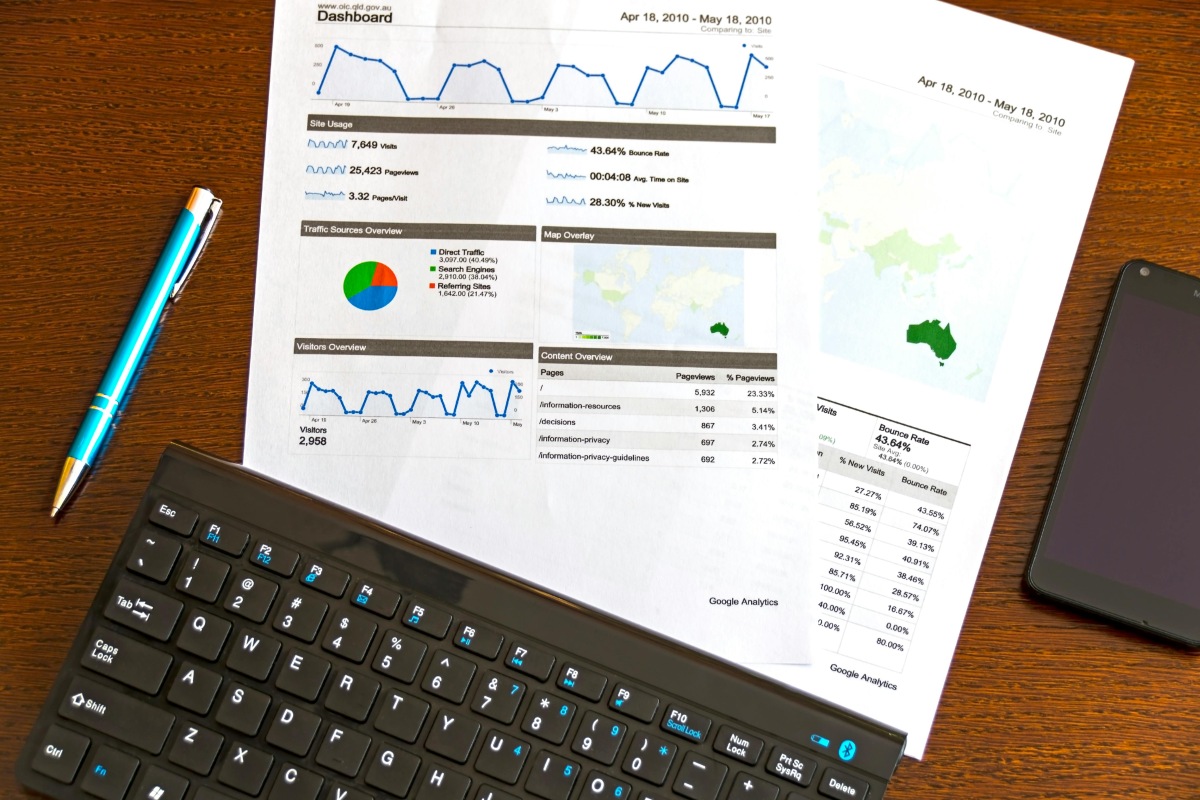Building a strong employer brand online is only half the battle - the other half is measuring its impact.
To ensure your efforts are effective, it’s crucial to track key metrics, analyze performance, and refine strategies based on data. Whether you're using platforms like LinkedIn Insights, Google Analytics, or gathering feedback through employee surveys, these tools and metrics help you understand what’s working and what’s not.
1. Why Measure Employer Branding?
Without measurement, you’re flying blind. Metrics provide insights into:
- Attraction: Are you reaching and appealing to top talent?
- Engagement: Are your campaigns resonating with the target audience?
- Retention: Are your efforts improving employee satisfaction and reducing turnover?
- ROI: Are the resources allocated to employer branding delivering value?
2. Key Metrics to Track
a) Brand Awareness
Measure how visible your employer brand is online. Key indicators include:
- Website Traffic: Use Google Analytics to track visits to your careers page or employer branding blog.
- Social Media Reach: Monitor the number of impressions and followers gained on platforms like LinkedIn, Instagram, and Twitter.
- Search Trends: Track searches for your company name paired with terms like "jobs" or "careers" using tools like Google Trends or SEMrush.
b) Engagement Rates
Engagement shows how your audience interacts with your content. Metrics to monitor:
- Social Media Engagement: Track likes, comments, shares, and click-through rates on employer branding posts.
- Content Performance: Use tools like LinkedIn Insights or Instagram Analytics to see how blogs, videos, or infographics resonate with audiences.
- Time on Page: Measure how long visitors stay on your careers page or other employer branding content.
c) Talent Attraction Metrics
Assess how well your campaigns drive interest in your job openings:
- Application Rate: Track the number of applications submitted through digital channels.
- Source of Hire: Determine which digital channels (e.g., LinkedIn, Google, or employee referrals) bring in the most candidates.
- Quality of Hire: Use internal data to evaluate the performance and retention of hires originating from your digital efforts.
d) Employee Sentiment
Your internal team’s perspective is vital for a strong employer brand:
- Employee Feedback Surveys: Use platforms like Culture Amp or SurveyMonkey to gauge employee satisfaction and alignment with your brand’s values.
- eNPS (Employee Net Promoter Score): Measure how likely employees are to recommend your company as a workplace.
- Social Advocacy: Track how many employees are actively sharing employer branding content.
e) Retention Metrics
High turnover can signal a disconnect between your employer branding promises and reality.
- Turnover Rate: Monitor fluctuations in employee departures, especially within the first year of employment.
- Internal Mobility: Track how often employees take on new roles or promotions within your organization.
3. Tools for Tracking Employer Branding Success
a) LinkedIn Insights
LinkedIn’s tools provide powerful analytics for employer branding:
- Company Page Analytics: Monitor follower growth, post engagement, and visitor demographics.
- Talent Insights: Analyze your company’s hiring trends, applicant demographics, and competitive benchmarks.
b) Google Analytics
- Track traffic sources to your careers page or employer branding content.
- Measure bounce rates to identify areas where potential candidates lose interest.
- Set conversion goals to track job applications or newsletter sign-ups.
c) Social Media Analytics
Platforms like Instagram, TikTok, and Twitter provide built-in analytics for engagement and reach.
- Tools like Hootsuite or Sprout Social allow you to manage and analyze multiple social platforms simultaneously.
d) Employee Feedback Tools
- Culture Amp or Glint: Gather insights on employee satisfaction and engagement.
- Officevibe: Collect ongoing feedback and pulse surveys to monitor internal sentiment.
4. Setting Benchmarks and KPIs
Start by defining clear goals for your employer branding efforts, such as:
- Increasing careers page visits by 20% within six months.
- Doubling LinkedIn applications for key roles.
- Achieving a 50% increase in social media engagement on employer branding posts.
Set KPIs for each channel, ensuring they align with broader organizational goals.
5. Refining Your Strategy Based on Data
Metrics are only useful if you act on them. Here’s how to adapt your strategy:
- Identify Content Gaps: If blogs perform poorly, consider creating more visual or interactive content like videos or infographics.
- Optimize for Conversion: High traffic but low application rates? Revamp your careers page for better user experience and clear calls to action.
- Iterate Campaigns: Use A/B testing to refine ad copy, visuals, or targeting parameters for paid campaigns.
6. Case Study: A Data-Driven Employer Branding Success
A mid-sized tech firm revamped its employer branding strategy by focusing on data:
- The Problem: Low applicant numbers despite significant investment in social media ads.
- The Solution: Using LinkedIn Talent Insights, they found their target audience was more active on Instagram. They shifted resources to Instagram Stories, sharing employee testimonials and behind-the-scenes content.
- The Outcome: Applications increased by 45% within three months, with improved engagement across social platforms.
7. Data as the Compass for Employer Branding
Measuring the success of your digital employer branding efforts ensures you’re investing in strategies that deliver real results. By leveraging tools like LinkedIn Insights, Google Analytics, and employee surveys, you gain a holistic view of your brand’s performance. Regularly analyzing and acting on this data helps you refine campaigns, resonate with your audience, and build a reputation as a top employer.
Remember, in the digital age, an effective employer brand isn’t just built - it’s measured, optimized, and continuously improved.







